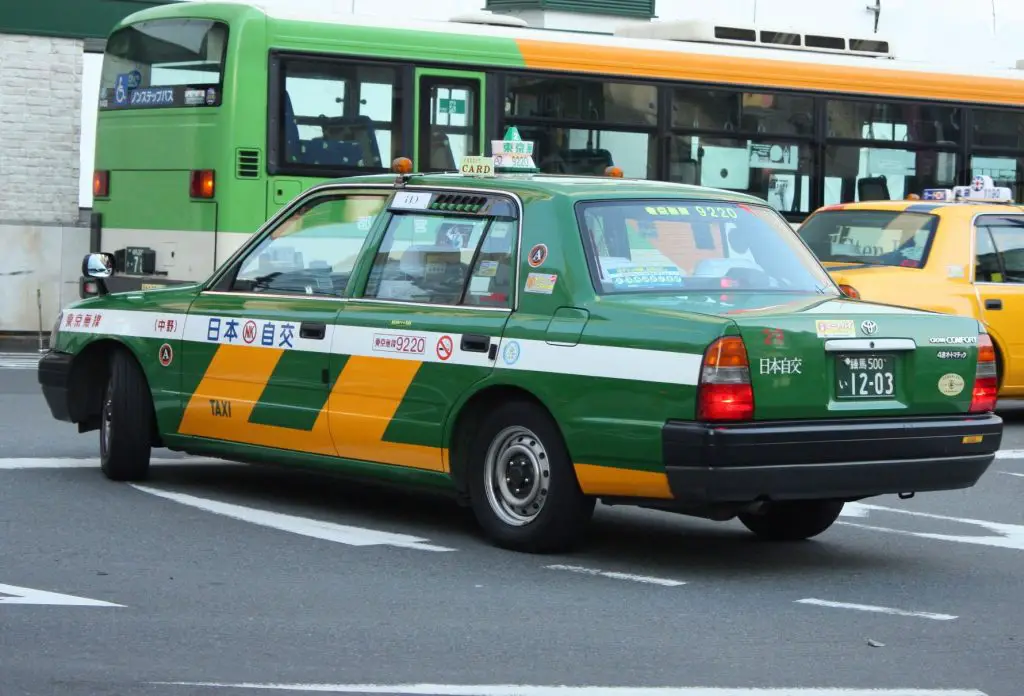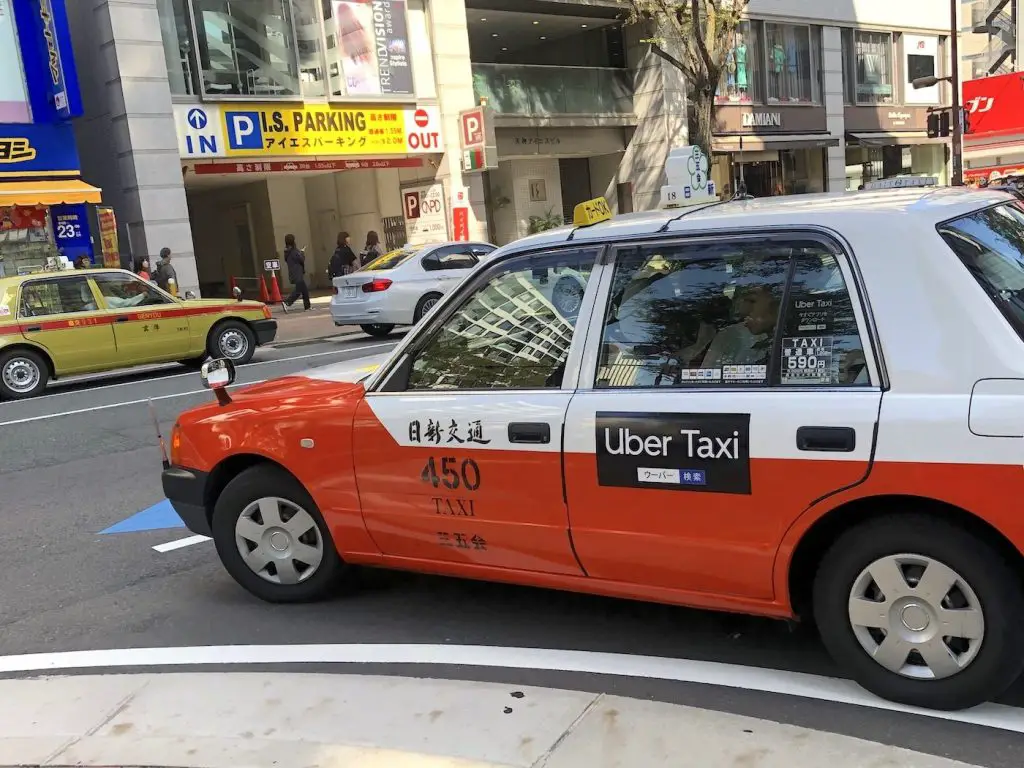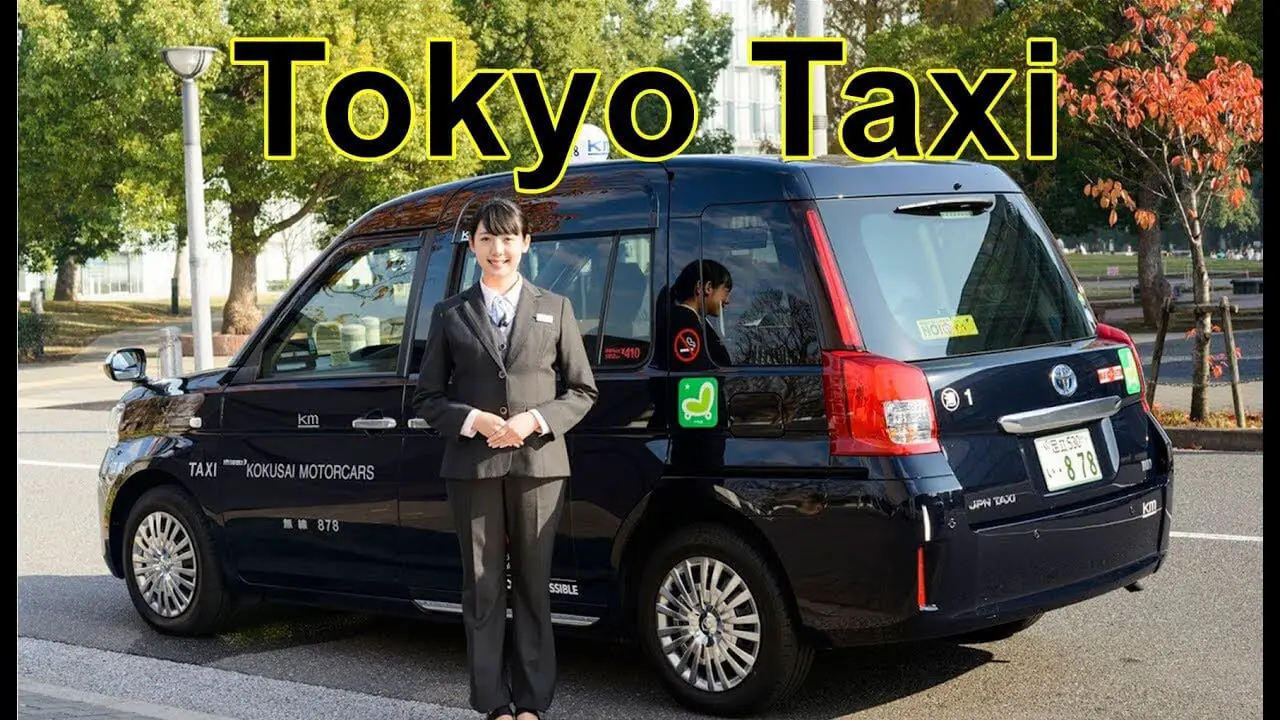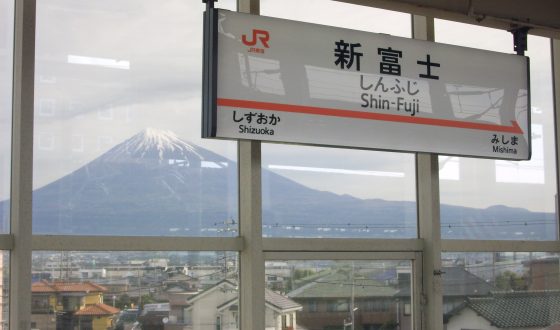Tokyo Taxi – All You Should Know
Knowing that catching a taxi is not a cheap way to get around in Japan, especially in Tokyo where there are plenty of cheaper public transport alternatives, but you may have to consider taking taxis sometimes when the last train has stopped operating or when you are in an area that does not enjoy wide public transport coverage. However, every country has its own taxi culture and you need to know about it. So, if you first travel to Tokyo, you should equip yourself with sufficient information about taxis in this city. Check this blog out and all about Tokyo taxi will be revealed!
The Basics Of Catching A Taxi In Japan
1. How To Catch A Taxi
To hail a taxi, you can either head to one of the many taxi stands around stations and major sightseeing spots where taxis line up or flag one down at a location where it is safe for it to stop. In Japan, most receptions at a hotel or business can help you call a taxi if you ask them to do so (ask by saying “Takushii o yonde kudasai”). You don’t have to pay an additional charge for this in most big cities, but in more rural areas a small fee may be charged.

The best way to hail a taxi in Japan is heading to taxi stands around stations and major sightseeing spots where taxis line up
Moreover, you can also call a taxi by mobile apps such as Japan Taxi which uses GPS to find a taxi company near you, Line Taxi by the popular messaging service LINE partnering with major taxi companies across Japan, and Uber.
2. How To Know Whether A Taxi Is Vacant
You can see whether a taxi a vacant by looking at the plate on the dashboard in the lower corner of the windshield. When the plate is red and shows 空車 (“kuusha” meaning “empty car”), the taxi is vacant. When the taxi is occupied, the plate is green and shows 賃走 (“chinso”).
3. How Japanese Taxi Drivers Are
Taxi drivers in Japan are generally highly trustworthy and will not try to take advantage of their clients. You can recognize licensed Japan taxis by their green license plates since regular cars have white and yellow plates.
There is no uniform color for taxis in Japan, instead each company uses its own design. The drivers may wear a hat and white gloves, and maybe a surgical mask, which is considered a “courtesy” in Japan. For many taxi companies, the driver’s wearing a surgical mask is company policy.

Wearing a hat and white gloves is common among Japanese taxi drivers
SEE MORE:
Most taxi drivers in Japan tend to be middle-aged to older men, but there are also a number of women working as cabbies. Some taxi drivers have their own vehicles, but the majority drive company cabs.
4. Board A Taxi In A Proper Way
When you board a taxi, note that the vehicle’s left rear door is opened and closed remotely by the driver. You are not supposed to open or close the door by yourself, except when using a different door.
5. Get To Where You Want To Go
Once you get in a Tokyo taxi, the conversation with your driver will be simple if you can speak a little Japanese. However, if you do not speak Japanese, you should give your driver the address of your destination by writing it on a piece of paper or even point it out on a map as the Japanese address system can be confusing even to local taxi drivers.
When giving your driver the address, you can simply say “Koko made onegai shimasu” meaning “Please take me to this address.”
When you see your destination and want to get out, you can tell the driver “Koko de oroshite kudasai” (“I would like to get out here, please”) or “Koko de ii desu” (“Here is fine”).
6. How To Pay A Taxi In Japan
Stickers on the taxi’s door often indicate accepted payment methods. In Japan, many taxis do not accept payment by credit card and cash is the preferred means of payment. If you pay in cash, try to avoid paying small amounts with large bills.

Cash is the preferred means of payment for taxis in Japan
Before the ride starts, you should let the driver know in advance if you intend to pay with a credit card or you have nothing smaller than a 10,000 yen note in your wallet as the taxi might not have credit card facilities or sufficient change for large notes.
One more thing to remember is that tipping is not done in Japan.
Taxi Fares In Tokyo
Taxi fares in Japan vary depending on where you are. Tokyo taxi fare is a little more expensive than in rural areas. Since 2017, a Tokyo taxi has charged 430 yen for the first 1.059 kilometers. After that, the fare increases 80 yen for every 237 meters traveled.

Tokyo taxi fare is a little more expensive than its counterparts in rural areas
There is also a waiting fare added to the distance fare whenever the speed of the taxi drops below 10km/h (6 mph), such as in heavy traffic or if the passenger asks the taxi to wait (90 yen per 1:45 min in Tokyo and slightly less for similar lengths of time in other areas).
In Tokyo, when taking a taxi after 10pm or between 11pm and 5am, the taxi will charge an additional 20% or 30% as surcharges.
The taxi passenger is also responsible for paying any highway tolls incurred during the journey.
Uber In Tokyo
You see that Uber thrives in many countries and you may wonder “Is there uber in Tokyo, Japan?”. Well, the answer is yes. That popular app has a presence in Tokyo, but it’s a very small one. As Tokyo’s cab industry is already doing its job well with clean, comfortable and well-maintained taxis and with drivers being affable, polite and honest, it seems to make little sense for Uber to have entered the market.

Uber thrives in many countries, but its fleet is small in Tokyo
However, Uber has some strengths which help it outweigh its competitors. So, here is the list of Uber’s pros:
- Uber cars don’t add a surcharge of 20-30% for rides hailed between 10:00 pm-5:00 am.
- Uber cars are bigger with more legroom
- Transactions are cashless, which is perfect for those who don’t carry too much cash on them
- Most drivers wear white gloves and speak decent English, which makes communication much easier.
Beside pros, Uber also has its cons:
- It’s pricier than a regular taxi.
- Uber’s small fleet in Tokyo means that there aren’t always available cars.
There is little reason to choose Uber over a regular taxi in Tokyo, but if you still want to give it a try, try it!
Conclusion
Hopefully, this blog has given you useful information related to Tokyo taxi. If you still have any questions about it, don’t hesitate to comment and ask. And if you have had experience in travelling by taxi in Tokyo, feel free to share!










How is the fee determined if the ride is shared